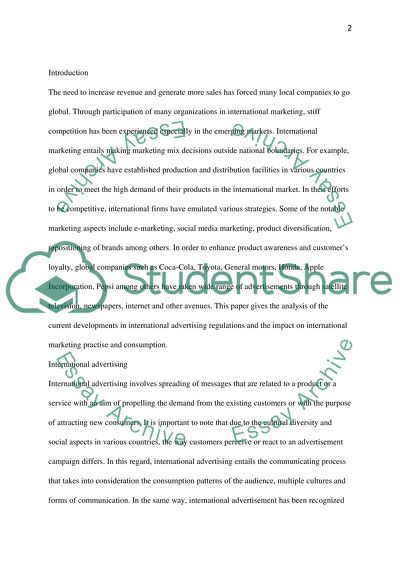Cite this document
(“An Analysis of the Current Developments in International Advertising Essay - 1”, n.d.)
An Analysis of the Current Developments in International Advertising Essay - 1. Retrieved from https://studentshare.org/marketing/1590584-an-analysis-of-the-current-developments-in-international-advertising-regulation-and-the-impact-on-international-marketing-practice-and-consumption
An Analysis of the Current Developments in International Advertising Essay - 1. Retrieved from https://studentshare.org/marketing/1590584-an-analysis-of-the-current-developments-in-international-advertising-regulation-and-the-impact-on-international-marketing-practice-and-consumption
(An Analysis of the Current Developments in International Advertising Essay - 1)
An Analysis of the Current Developments in International Advertising Essay - 1. https://studentshare.org/marketing/1590584-an-analysis-of-the-current-developments-in-international-advertising-regulation-and-the-impact-on-international-marketing-practice-and-consumption.
An Analysis of the Current Developments in International Advertising Essay - 1. https://studentshare.org/marketing/1590584-an-analysis-of-the-current-developments-in-international-advertising-regulation-and-the-impact-on-international-marketing-practice-and-consumption.
“An Analysis of the Current Developments in International Advertising Essay - 1”, n.d. https://studentshare.org/marketing/1590584-an-analysis-of-the-current-developments-in-international-advertising-regulation-and-the-impact-on-international-marketing-practice-and-consumption.


